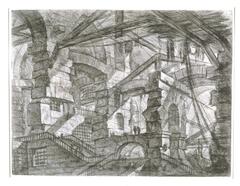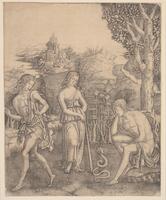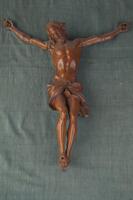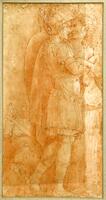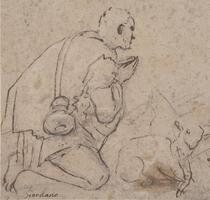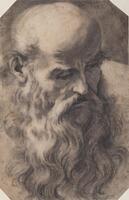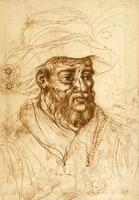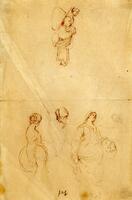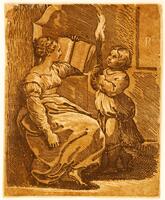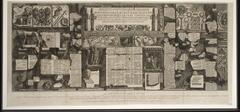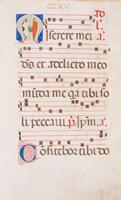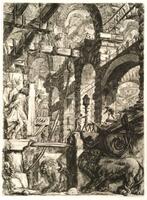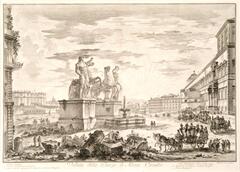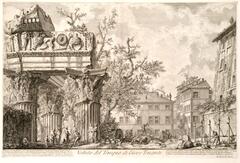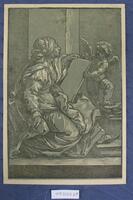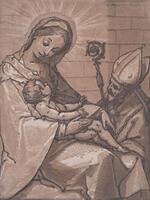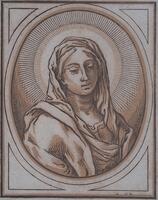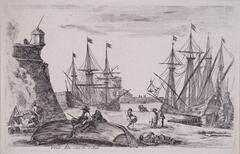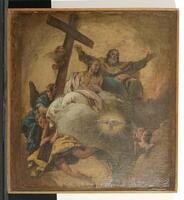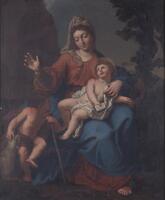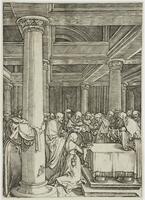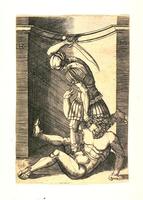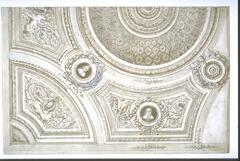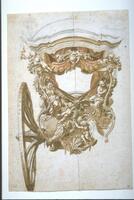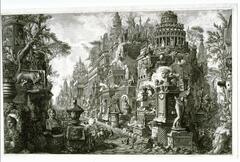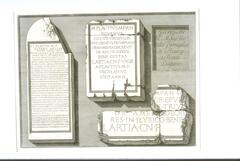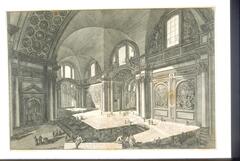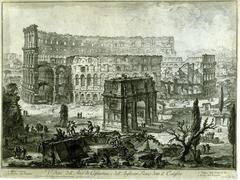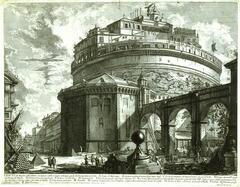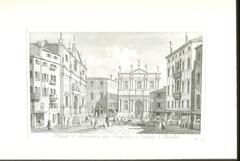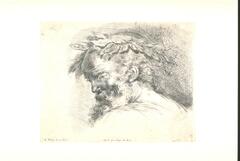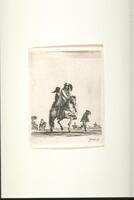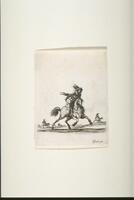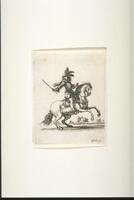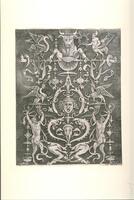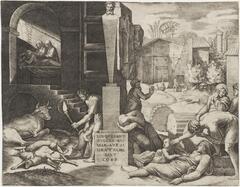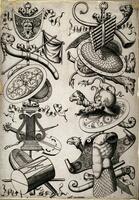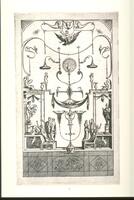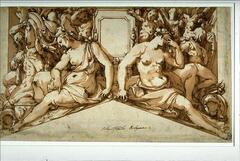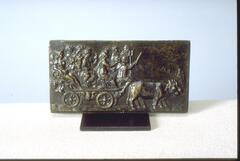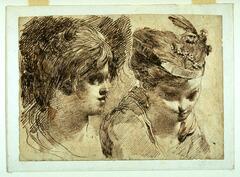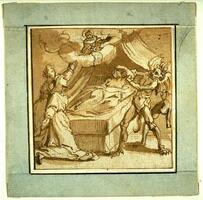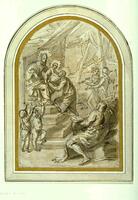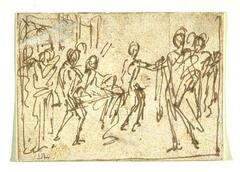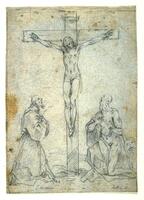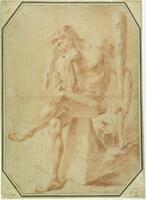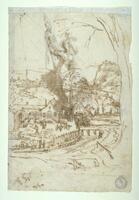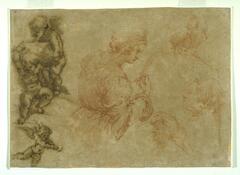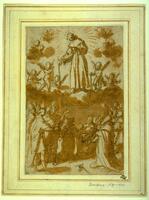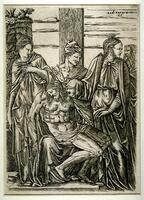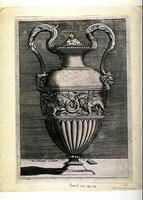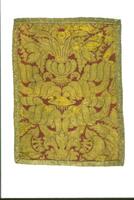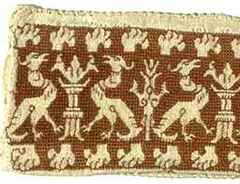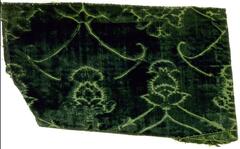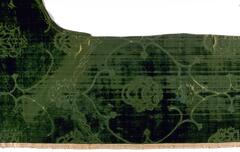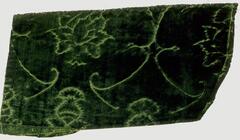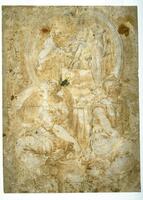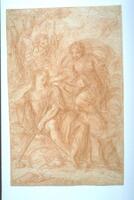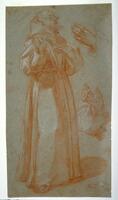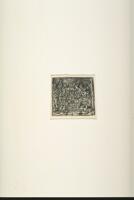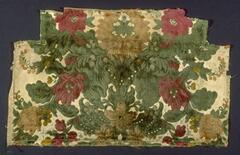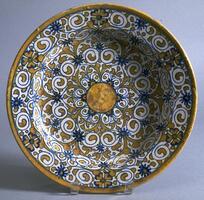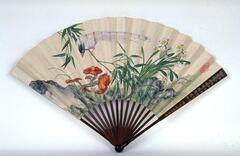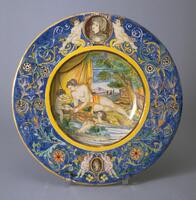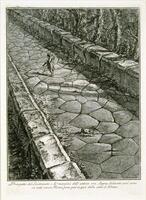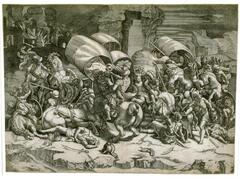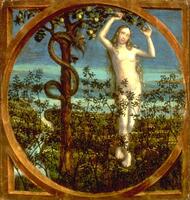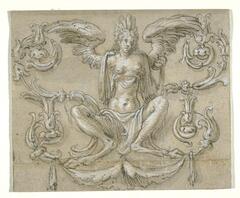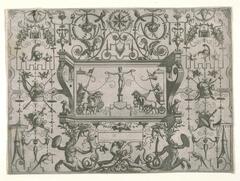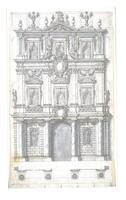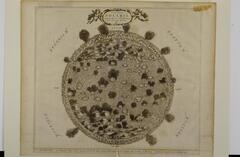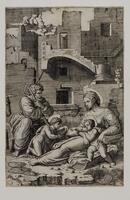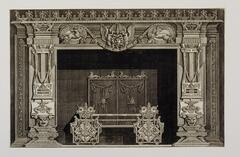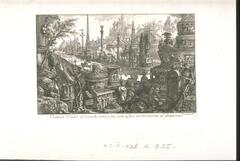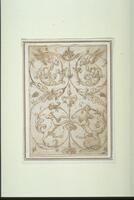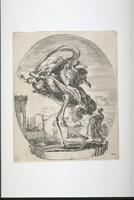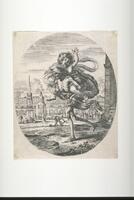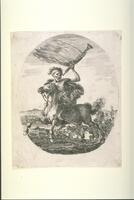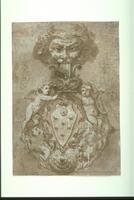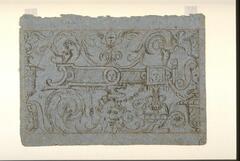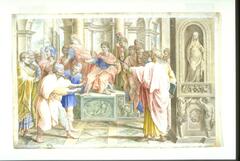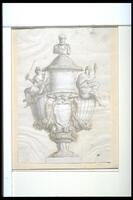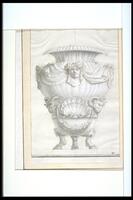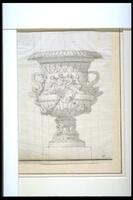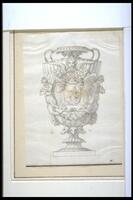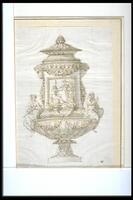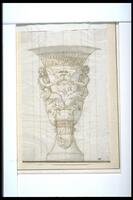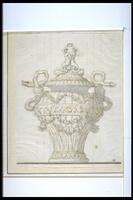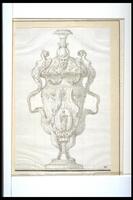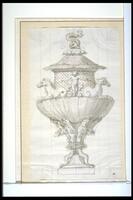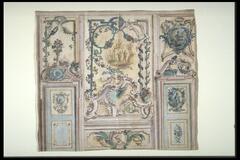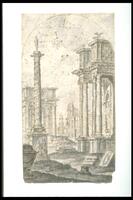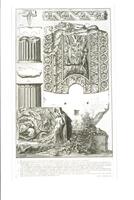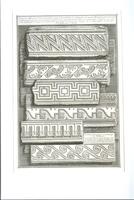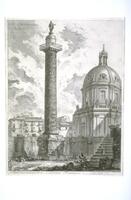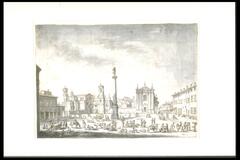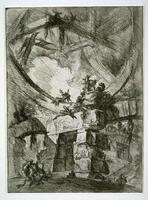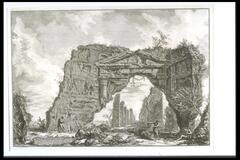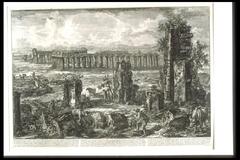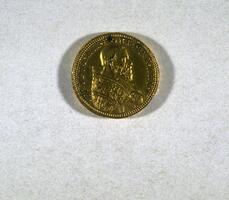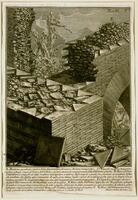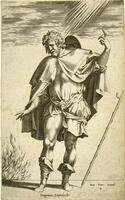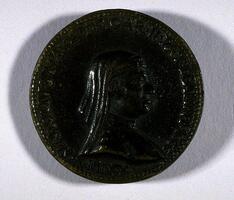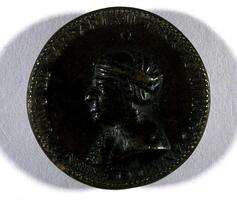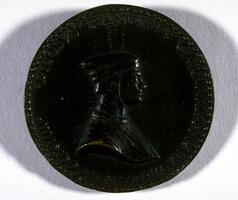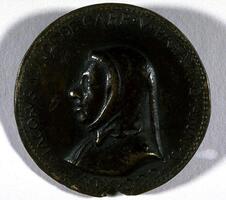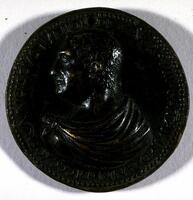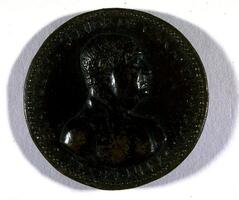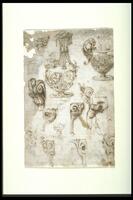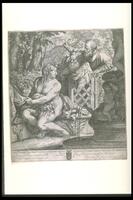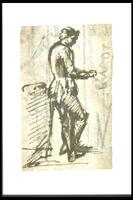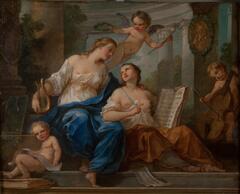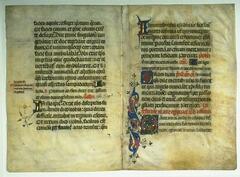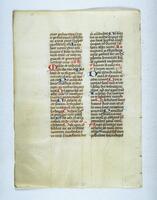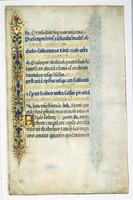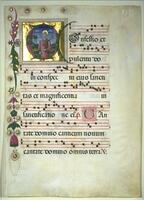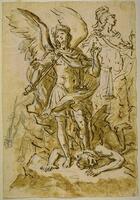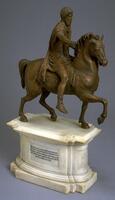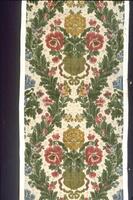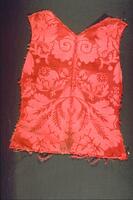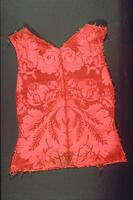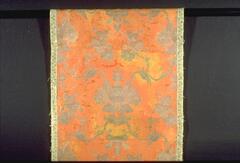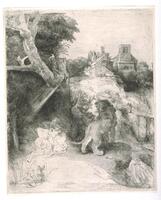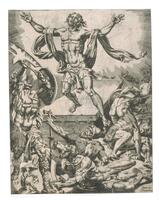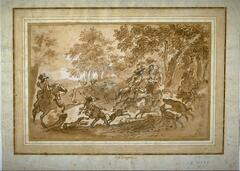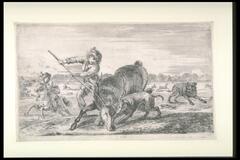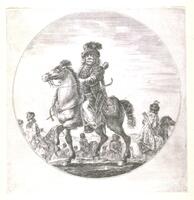230 Items in this Learning Collection
Collection Object
Collection Object
Collection Object
Collection Object
Collection Object
Collection Object
Collection Object
Collection Object
Collection Object
Collection Object
Collection Object
Collection Object
Collection Object
Collection Object
Collection Object
Collection Object
Collection Object
Collection Object
Collection Object
Collection Object
Collection Object
Collection Object
Collection Object
Collection Object
Collection Object
Collection Object
Collection Object
Collection Object
Collection Object
Collection Object
Collection Object
Collection Object
Collection Object
Collection Object
Collection Object
Collection Object
Collection Object
Collection Object
Collection Object
Collection Object
Collection Object
Collection Object
Collection Object
Collection Object
Collection Object
Collection Object
Collection Object
Collection Object
Collection Object
Collection Object
Collection Object
Collection Object
Collection Object
Collection Object
Collection Object
Collection Object
Collection Object
Collection Object
Collection Object
Collection Object
Collection Object
Collection Object
Collection Object
Collection Object
Collection Object
Collection Object
Collection Object
Collection Object
Collection Object
Collection Object
Collection Object
Collection Object
Collection Object
Collection Object
Collection Object
Collection Object
Collection Object
Collection Object
Collection Object
Collection Object
Collection Object
Collection Object
Collection Object
Collection Object
Collection Object
Collection Object
Collection Object
Collection Object
Collection Object
Collection Object
Collection Object
Collection Object
Collection Object
Collection Object
Collection Object
Collection Object
Collection Object
Collection Object
Collection Object
Collection Object
Collection Object
Collection Object
Collection Object
Collection Object
Collection Object
Collection Object
Collection Object
Collection Object
Collection Object
Collection Object
Collection Object
Collection Object
Collection Object
Collection Object
Collection Object
Collection Object
Collection Object
Collection Object
Collection Object
Collection Object
Collection Object
Collection Object
Collection Object
Collection Object
Collection Object
Collection Object
Collection Object
Collection Object
Collection Object
Collection Object
Collection Object
Collection Object
Collection Object
Collection Object
Collection Object
Collection Object
Collection Object
Collection Object
Collection Object
Collection Object
Collection Object
Collection Object
Collection Object
Collection Object
Collection Object
Collection Object
Collection Object
Collection Object
Collection Object
Collection Object
Collection Object
Collection Object
Collection Object
Collection Object
Collection Object
Collection Object
Collection Object
Collection Object
Collection Object
Collection Object
Collection Object
Collection Object
Copyright
All Rights Reserved
()
The Prophet Ezekiel, from the "Six Seers on the Ceiling of the Sistine Chapel"
Accession Number
1994/2.43
Title
The Prophet Ezekiel, from the "Six Seers on the Ceiling of the Sistine Chapel"
Artist(s)
Giorgio Ghisi
Object Creation Date
1570-1575
Medium & Support
engraving on thin, moderately textured buff laid paper
Dimensions
22 7/16 x 17 1/2 in. (56.9 x 44.4 cm);32 1/8 x 26 1/8 in. (81.44 x 66.2 cm);28 15/16 x 23 3/4 in. (73.4 x 60.3 cm);22 7/16 x 17 1/2 in. (56.9 x 44.4 cm);22 5/16 x 17 5/16 in. (56.6 x 43.9 cm)
Credit Line
Museum Purchase made possible by the Friends of the Museum of Art
Label copy
Giorgio Ghisi was the most important Italian engraver of his generation. As a reproductive engraver, he translated the work of others into the medium of engraving, often at the behest of a publisher. This majestic print of the Prophet Ezekiel is from a series reproducing six of the twelve Seers (seven Prophets and five Sibyls) of the Sistine Chapel ceiling, painted by Michelangelo Buonarroti (1475-1564) between 1508 and 1512. The date of 1540 included on one of two inscriptions in the lower left (on the ledge on which a woman is seated) is false, and seems to have been added by the publisher to make it appear that these were the first prints made after Michelangelo’s Sistine ceiling.
The Seers are shown in pendentives—curved, triangular sections of the lower portions of the ceiling. To render Michelangelo’s powerful, muscular figures, with their impression of leaning forward in space, Ghisi employed dense, parallel lines that create deep shadows along the contours of the forms, with dots of varying sizes and densities to suggest lighter shading. He thus created weighty bodies, whose three-dimensional forms are clearly legible.
Gallery label copy by Annette Dixon, Curator
Primary Object Classification
Print
Collection Area
Western
Rights
If you are interested in using an image for a publication, please visit http://umma.umich.edu/request-image for more information and to fill out the online Image Rights and Reproductions Request Form.
Keywords
Figures
Rome
1994/2.43
Title
The Prophet Ezekiel, from the "Six Seers on the Ceiling of the Sistine Chapel"
Artist(s)
Giorgio Ghisi
Object Creation Date
1570-1575
Medium & Support
engraving on thin, moderately textured buff laid paper
Dimensions
22 7/16 x 17 1/2 in. (56.9 x 44.4 cm);32 1/8 x 26 1/8 in. (81.44 x 66.2 cm);28 15/16 x 23 3/4 in. (73.4 x 60.3 cm);22 7/16 x 17 1/2 in. (56.9 x 44.4 cm);22 5/16 x 17 5/16 in. (56.6 x 43.9 cm)
Credit Line
Museum Purchase made possible by the Friends of the Museum of Art
Label copy
Giorgio Ghisi was the most important Italian engraver of his generation. As a reproductive engraver, he translated the work of others into the medium of engraving, often at the behest of a publisher. This majestic print of the Prophet Ezekiel is from a series reproducing six of the twelve Seers (seven Prophets and five Sibyls) of the Sistine Chapel ceiling, painted by Michelangelo Buonarroti (1475-1564) between 1508 and 1512. The date of 1540 included on one of two inscriptions in the lower left (on the ledge on which a woman is seated) is false, and seems to have been added by the publisher to make it appear that these were the first prints made after Michelangelo’s Sistine ceiling.
The Seers are shown in pendentives—curved, triangular sections of the lower portions of the ceiling. To render Michelangelo’s powerful, muscular figures, with their impression of leaning forward in space, Ghisi employed dense, parallel lines that create deep shadows along the contours of the forms, with dots of varying sizes and densities to suggest lighter shading. He thus created weighty bodies, whose three-dimensional forms are clearly legible.
Gallery label copy by Annette Dixon, Curator
Primary Object Classification
Collection Area
Western
Rights
If you are interested in using an image for a publication, please visit http://umma.umich.edu/request-image for more information and to fill out the online Image Rights and Reproductions Request Form.
Keywords
Figures
Rome

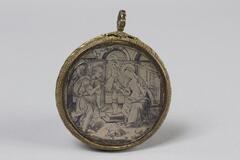



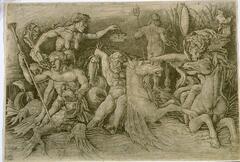


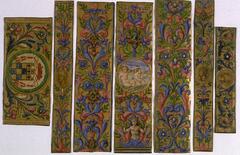
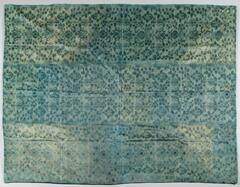
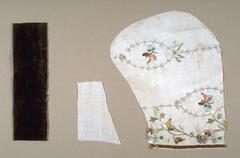
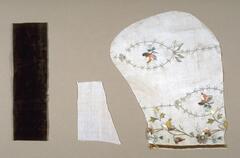
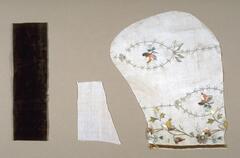
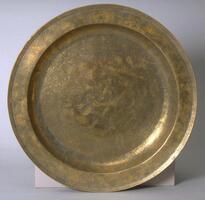
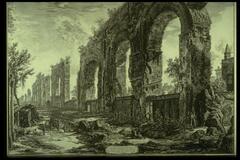

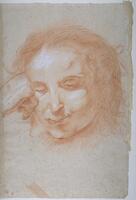
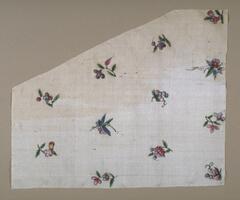
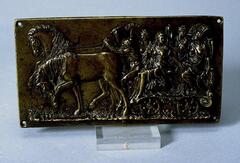


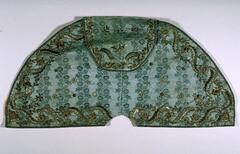
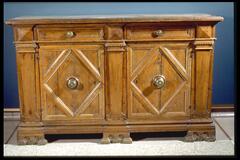

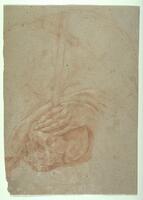

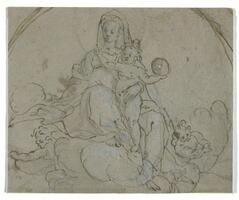
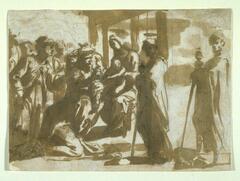
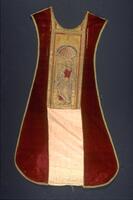
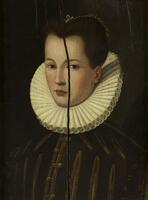

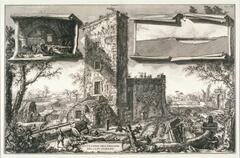


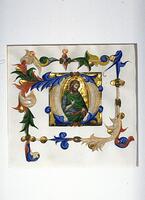
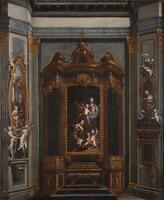
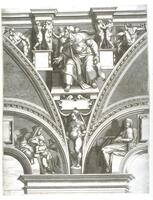
![This rectangular panel depicts four sacred figures rendered in dark hues with passages of vibrant red against a gold background. The upper edge of the gilded frame bears the prayer known as the "Hail Mary" ("Ave Maria Gratia Plena Domin[us tecum]"). This rectangular panel depicts four sacred figures rendered in dark hues with passages of vibrant red against a gold background. The upper edge of the gilded frame bears the prayer known as the "Hail Mary" ("Ave Maria Gratia Plena Domin[us tecum]").](/media/W1siZiIsIjIwMjIvMDUvMjUvMzZ5bWpwaTBuNl9kZWZhdWx0LmpwZyJdLFsicCIsInRodW1iIiwiMjQweDIwMCJdXQ?sha=182c62b7143d052b)
